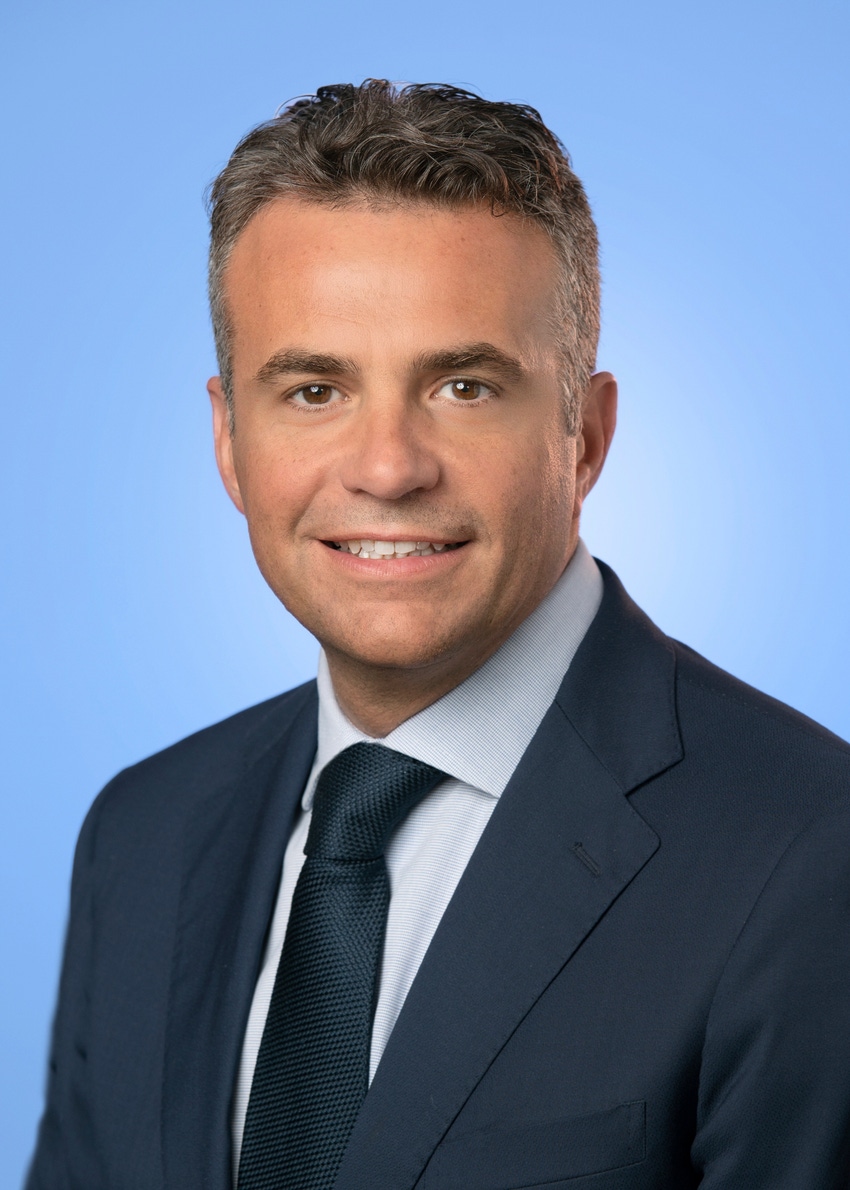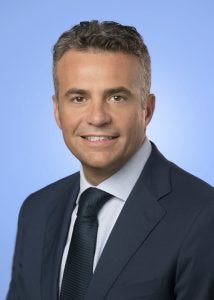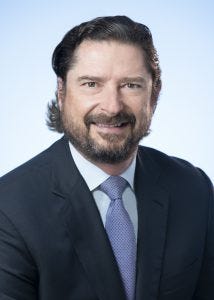Content Spotlight
Podcast: MilliporeSigma says education vital to creating unbreakable chain for sustainability
MilliporeSigma discusses the importance of people, education, and the benefits of embracing discomfort to bolster sustainability efforts.

BioProcess Insider had the pleasure of figuratively sitting down with Catalent’s chief operating officer Alessandro Maselli who is set to succeed John Chiminski as CEO effective July 1, 2022.
If you know anything about the contract development manufacturing organization (CDMO) space, you know about John Chiminski.
He joined Catalent in 2009 and has since led the firm through a period of evolution – taking it from a traditional softgel and small molecule service provider to a strategic partner working across various innovative spaces in the industry.

Alessandro Maselli set to become CEO of Catalent in July. Image c/o Catalent
It is not surprising that the CDMO hails Chiminski’s tenure as critical to its success, but in news announced in January, he will step down from his role as CEO and assume the position of executive chair of the board from July.
Catalent named Maselli as Chiminski’s successor. He has over 10 years’ experience at the firm, holding leadership positions at manufacturing plants in Italy and the UK, as well as senior roles in corporate oversight, strategy, and global operations. In February 2019, Maselli was appointed as the firm’s chief operating officer.
In this exclusive interview, Maselli discusses Catalent’s past, present, and its future with him as CEO.
Alessandro Maselli (AM): Throughout my career, I’ve actually found that the better the predecessor, the more likely you are to succeed because you can continue to build on a strong foundation. I’ve felt privileged to have a strong foundation to build upon when there has been successful leadership. Because of this, I’m thankful for John’s leadership and guidance throughout his time as Catalent’s CEO.
AM: Under John’s leadership, Catalent has grown tremendously from its roots in softgel, oral products, and clinical packaging production services into its role as biopharma’s leading global provider of development, drug delivery technologies, and manufacturing solutions across many modalities. Our leadership in the CDMO space with biotherapeutics and cell and gene therapies are the most significant change over the past decade, but our expanded offerings in inhaled delivery, in new oral technologies, and in the consumer health space have resulted in a substantially broader and deeper portfolio of solutions.
AM: We have always been closely attuned to the needs of our partners. Several years ago, it was becoming clear that these areas of new technologies and modalities were emerging in the pipeline. It was never a matter of “if” we should move into biologics, but more finding the right pathway to enter this area. The right pathway is the one that would be sustainable for us and simultaneously maximize value for our stakeholders.
The reality is that we adopted two different approaches for gene therapy and cell therapy. In the first case we intentionally waited a bit longer to see more validation of this therapeutic modality. Because of the relatively long time to build the necessary infrastructure, we decided to enter at scale through the acquisition of Paragon Bioservices – one of the largest CDMOs [in the gene therapy space] at the time.
AM: For cell therapy, our approach was to enter this emerging space a bit earlier in the maturation cycle. Given the relatively smaller scale of infrastructure required and the already booming pipeline, we saw an opportunity to accelerate growth faster by acquiring MaSTherCell, complementing this acquisition with a series of further acquisitions at the same physical campus. These acquisitions, including Delphi Genetics and a facility we acquired from Bone Therapeutics, formed what is now among the largest contract manufacturing campuses for cell therapy in Europe and what may be the largest contract manufacturing site of its type in the world.

Catalent’s current CEO, John Chiminski. Image c/o Catalent
We’re very excited about the potential of the new treatments becoming available in these areas. We’re also quite proud of the fact that, with the FDA’s recent approval of our new commercial gene therapy facility near Baltimore, Catalent became the first CDMO approved for production of a commercial gene therapy.
AM: Over time, Catalent has built a balanced portfolio of diverse and profitable business areas that include biologics, our core oral products development and manufacturing businesses, and our clinical trial logistics services. Notably, our most recent large acquisition involved expanding our consumer health segment with capacity and formulation expertise to produce new dose forms—gummies, lozenges, and soft chews—that are experiencing high demand and growth. We believe we have the right platforms to continue to invest in areas that address our customers’ current and expected needs.
AM: Our ambition in the biologics space is to maximize the likelihood of a good outcome for our partners, supporting them all along the clinical development journey. As such, we will continue to invest in leading edge technologies, such as GPEx Lightning, which significantly accelerates the development of stable cell lines using a technology that also generates the highest titers of biologics such as monoclonal antibodies. On the other hand, we will continue to build premium assets, with a primary focus on single-use technologies, to provide manufacturing capabilities for approved products throughout their life cycles.
AM: The work of vaccinating the world and providing boosters to sustain immunity is still far from over. We believe that, as we transition into an endemic phase of the COVID-19 pandemic, the vaccines available shift to production formats with a lower dose per unit count. From our perspective as a manufacturer focused on delivery by unit, this shift would be expected to result in relatively sustained demand over time.
Most importantly, we are extremely proud to have successfully worked with our partners to accomplish the critical mission of saving millions of lives. When you work together toward achieving a goal of this magnitude, the relationship just elevates to a different level. This strong relationship will endure, and we are confident it will continue to create multiple opportunities to serve our partners across the full range of their future pipelines.
AM: Our response to the pandemic provides another of many examples of how talented and committed the people at Catalent are. Our employees worked non-stop for two years to ensure patients around the world have the medicines they need, both the thousands of life-saving and -enhancing medications we have always been making as well as the ground-breaking COVID-19 vaccines.
AM: The pandemic has shown that a CDMO can be much more than simply an opportunistic option for pharma companies to benefit from the flexibility and cost efficiencies than an external partner can provide. CDMOs can be an indispensable and strategic partner, playing a critical structural role for the industry, as Catalent did throughout the pandemic. What this means for the future is that Catalent has benefitted from additional experience in working with premium assets with more efficiency while supporting newer modalities. With this comes an even greater ability to provide access to innovators to a range of difficult-to-scale technologies, which can create even more value for patients.
You May Also Like